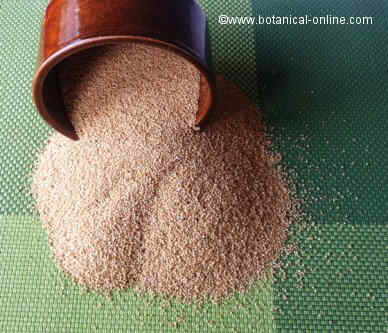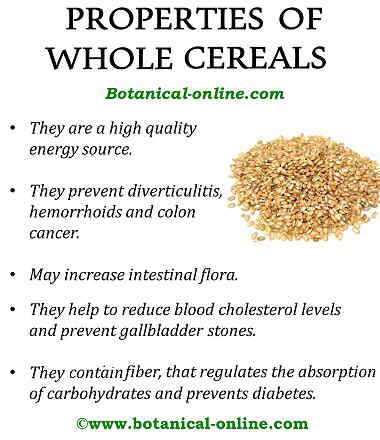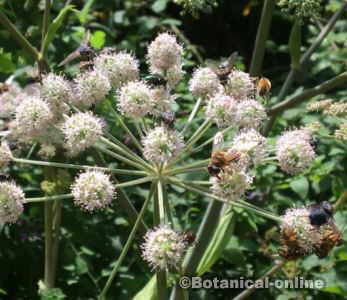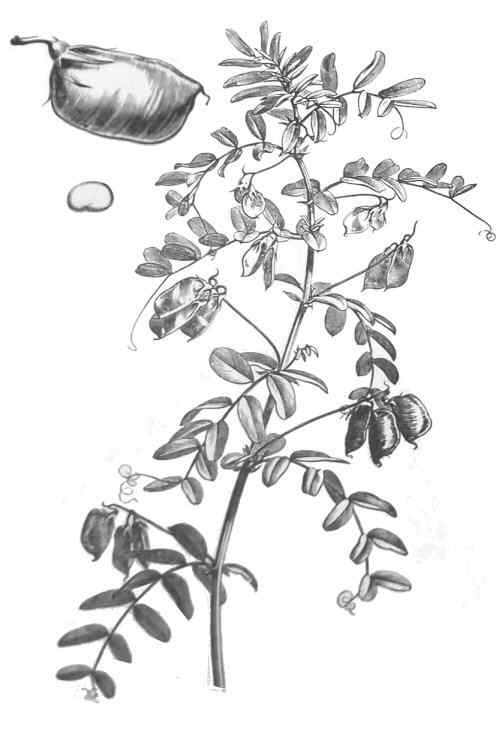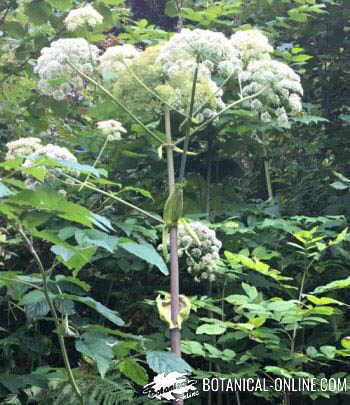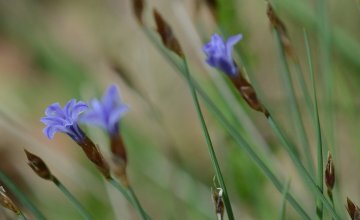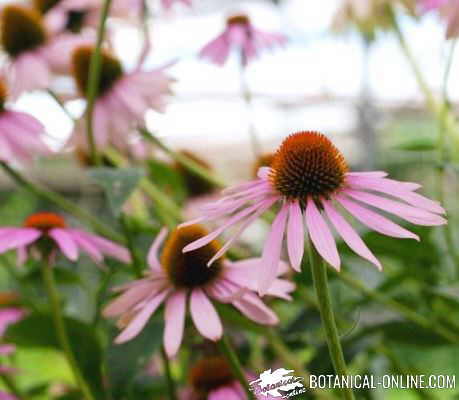Contents
HOW TO GROW HYSSOP
Hyssop cultivation (Hyssopus officinalis L.)
Hyssop (Hyssopus officinalis L.) is a very fragrant aromatic plant. Foliage and flowers can be used fresh or dried as air fresheners.
It also has uses in traditional medicine, mainly for the natural treatment of respiratory infections, and can be used as an edible wild plant, as aromatic herb.
It is often grown in aromatic plants gardens, along with other shrubs such as rosemary, thyme, artemisia, sage, clary sage, lavender, etc. In spring, the plant should be pruned to give it the desired shape.
How is hyssop plant like?
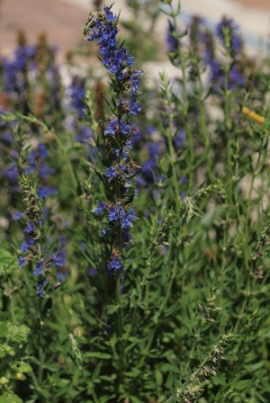
Hyssop plant
Hyssop (Hyssopus officinalis L.) is an aromatic perennial plant of the of Lamiaceae or Labiatae family. Measures just over 70cm. high.
Its stem is erect, quadrangular, woody.
Leaves are sessile, opposite, lanceolate or elliptical.
Flowers in inflorescences of terminal spikes.
The flowers are lipped, blue, purple or white pink. Tetra-achenes fruit with black seeds inside.
 Hyssop climate
Hyssop climate
– This is a plant from temperate climates. It grows in calcareous soils and requires a sunny orientation. from 0 to 2,000m. altitude.
Hyssop has to be grown in warm places, because, although it withstands temperatures between – 10 a nd – 20 ° C, these conditions do not favor the production of essential oil.
 Hyssop soil
Hyssop soil
It prefers loose poor and calcareous soils to well deep ones. In the last ones, the plant grows but produces less essential oil.
Calcareous soils produce the best essential oil.
The ideal soil should be loose, well-drained, dry and located in full sun, plenty sandy component and with good ventilation. Avoid excess moisture and heavy and clayey soils, as well as those that allow water stagnation.
 Hyssop irrigation
Hyssop irrigation
Hyssop endures drought well. You need enough watering when the cuttings are planted until they root well.
Once well established in the field, it has enough with rainwater provided that it does not have to face too prolong periods of drought. A monthly moderate watering during the growing season will encourage plant growth.
When the plant is used as a flower pot, you need a rather moderate additional weekly irrigation. In these cases, it is recommended to put stones in the bottom of the pot to promote drainage of irrigation water and oxygenation of the soil and roots.
 Hyssop maintenance
Hyssop maintenance
– Before planting, tilling the ground well to a depth about half a meter is suitable.
At this point, add manure to fertilize the soil.
– Weeding : For good production and plant maintenance, it is necessary to keep the weeds out of the plantation.
Propagation of hyssop
Reproduction by seed:
Sow the seeds in spring. Although hyssop can be planted directly on the ground, it is safer to do it in the nursery and then transplant the plant at the final location.
Sowing has to be done in seedbed at a depth of twice the diameter of the seed, that is, superficially because the seeds are very small.
It is recommended to turn over the soil for the seedlings with your hands, and then compact it lightly, so rooting will be easier. Place the seed and “sprinkle” some dirt on the surface. Then, water and keep moist. Prevent drying.
When the seedlings can be handled well, they will be transplanted in a pot or in the garden. In the case of pots, place a layer of stones at the base of the container so that the roots of the plant can be oxygenated and better drain water.
Reproduction by cuttings
Reproduction by cuttings is the most common of propagating woody-stemmed plants such as hyssop form.
It is done in early spring, using semi tender cuttings of about 15 cm in length.
In colder places, planting will take place in midsummer, be desirable to protect the plants indoors during the winter.
Transplant in late spring at the final location. You should keep a constant humidity until the plants have rooted well.
Hyssop harvesting
Harvested morning plants have more essential oil than plants harvested in the afternoon (A greater amount of essential oil, the plant will be more aromatic). The varieties with the highest proportion of essential oil are blue flowers (1-1.5% essential oil), followed by pink varieties (0.8%) and white (0.5%).
Harvest is done between August and October, when the plant is in bloom and has a higher amount of essential oil. This moment is called balsamic period or period of maximum essence.
Hyssop is cut with the help of clean scissors (to prevent spread of diseases between plants), about 15 cm. above the base of the plant, to ensure its survival.
Dry in a dark, dry and ventilated place for 15-30 days. Save the dried plant in airtight glass jars.
 Hyssop diseases and pests
Hyssop diseases and pests
Hyssop has no serious pest or disease problems. Excessive irrigation, poor soil drainage or improper soil (acid pH or slightly chalky) may be the main causes of their under development.
For its antibiotic properties, the essential oil of this plant is used to fight certain diseases of plants and garden pests such as the Colorado potato beetle or Colorado beetle (Leptinotarsa decemlineata).
![]() More information on hyssop.
More information on hyssop.

 Hyssop irrigation
Hyssop irrigation